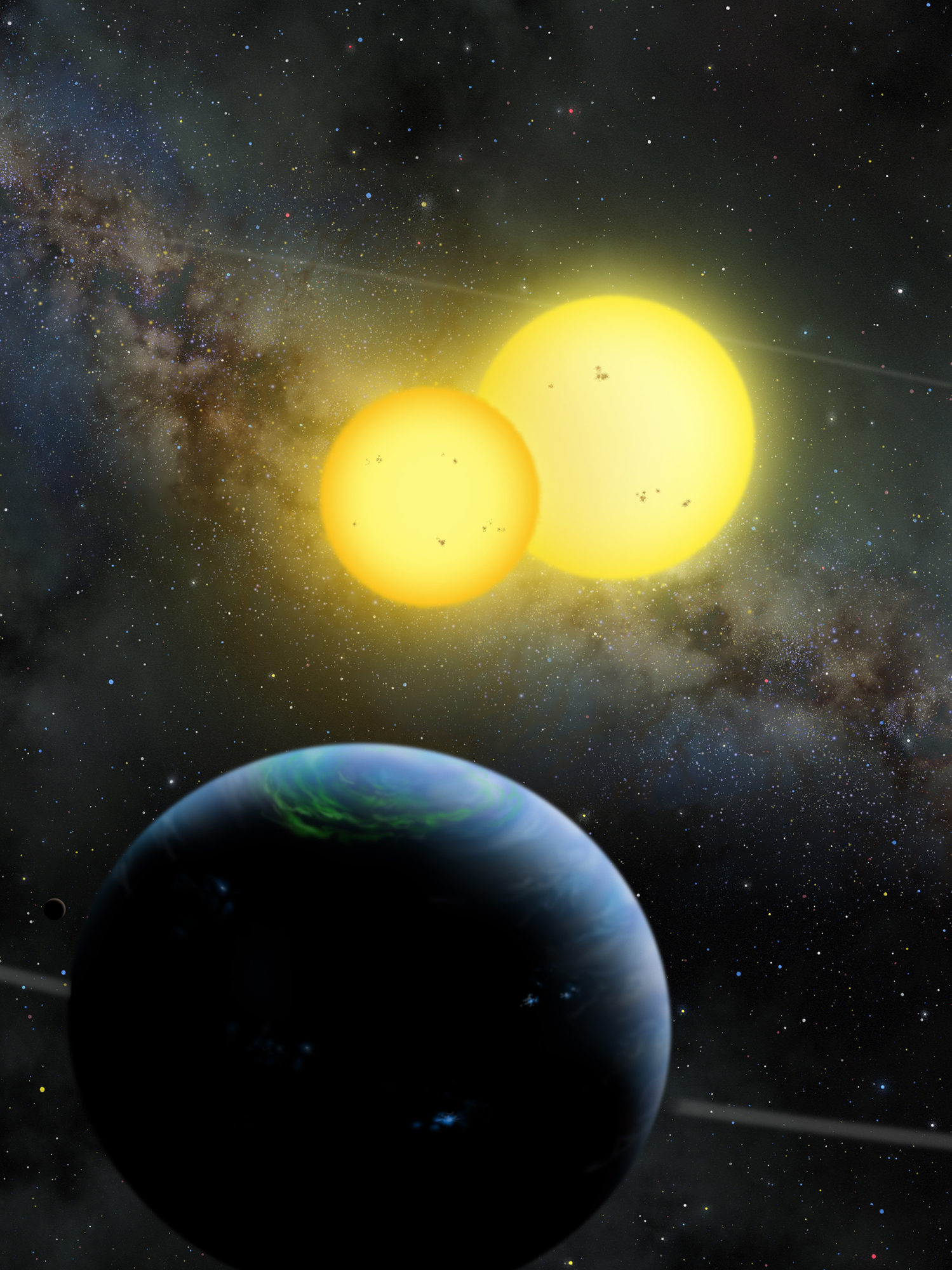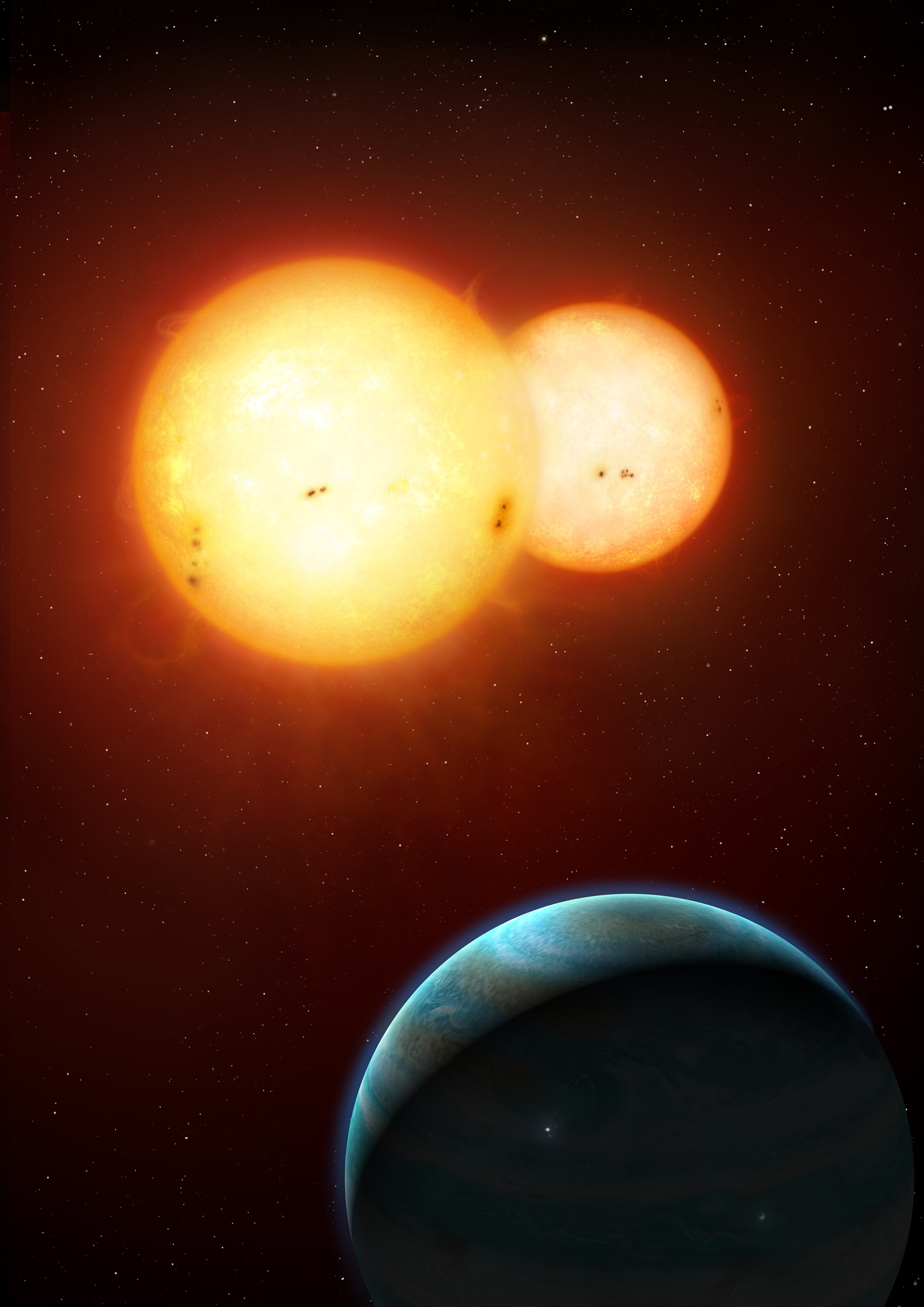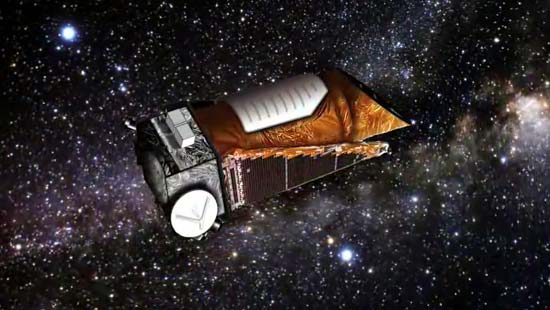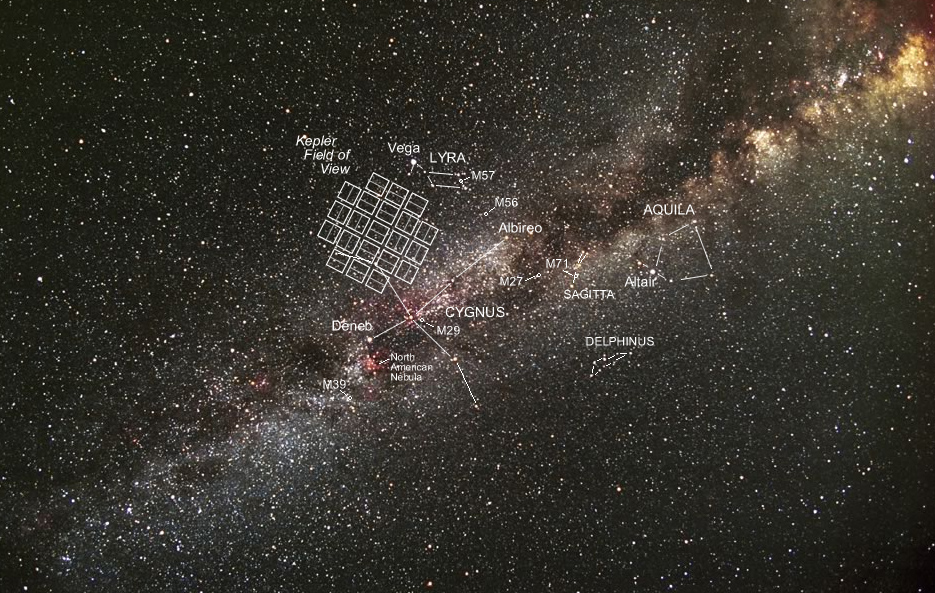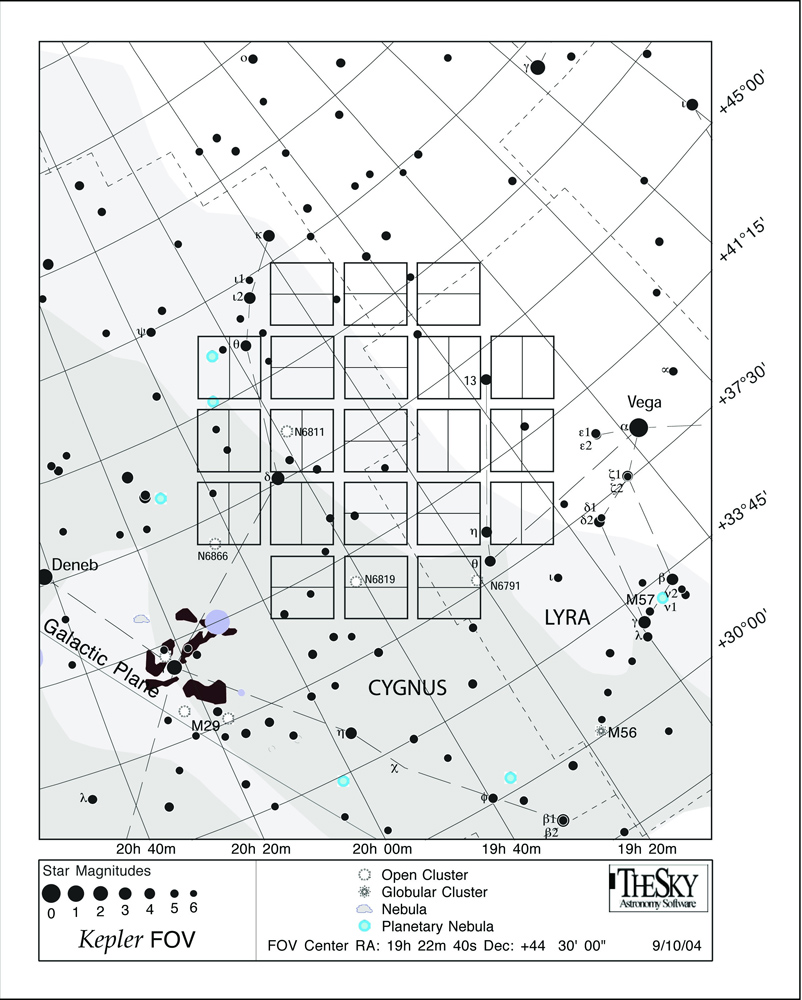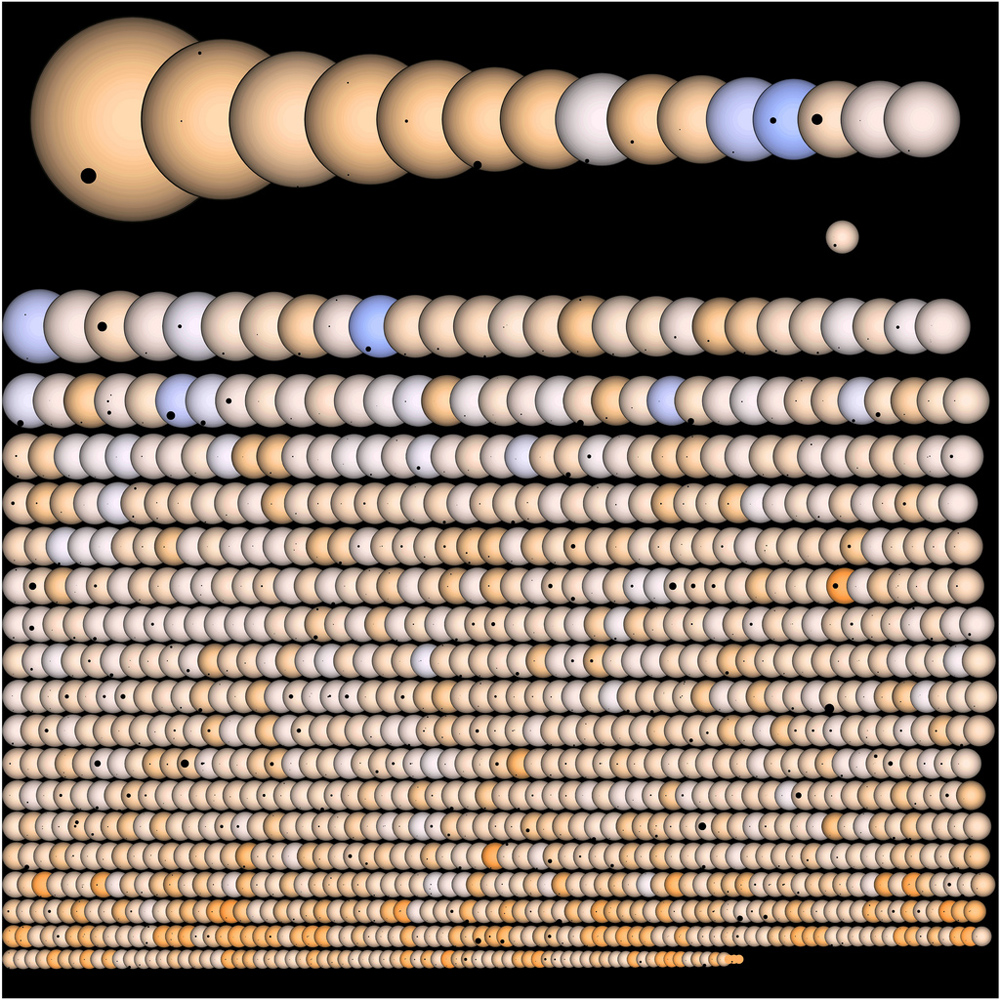Photos: NASA Discovers Real-Life 'Tatooine' Planet With 2 Suns

Twin Sun Planet Kepler 35b
An artist's illustration of Kepler-35 b, a Saturn-size planet around a pair of sun-size stars, as envisioned by artist Lynette Cook. The discovery of Kepler-35b and another twin sun planet, Kepler-34 b, was announced Jan. 11, 2012 and represent a new class of circumbinary planets.
Twin Sun Planet Kepler 35b: Mark Garlick
An artist's illustration of Kepler-35 b, a Saturn-size planet around a pair of sun-size stars, as envisioned by artist Mark A. Garlick. The discovery of Kepler-35b and another twin sun planet, Kepler-34 b, was announced Jan. 11, 2012 and represent a new class of circumbinary planets.
Twin Sun Planet Kepler 35b: Lior Taylor
An artist's illustration of Kepler-35 b, a Saturn-size planet around a pair of sun-size stars, as envisioned by artist Lior Taylor. The discovery of Kepler-35b and another twin sun planet, Kepler-34 b, was announced Jan. 11, 2012 and represent a new class of circumbinary planets.
Planet Orbiting Two Suns
This artist's concept illustrates Kepler-16b, the first planet known to definitively orbit two stars -- a real-life Tatooine, from 'Star Wars.' The planet, which can be seen in the foreground, was discovered by NASA's Kepler mission.
Real-Life Tatooine Planet
NASA's Kepler mission has discovered a world where two suns set over the horizon instead of just one. The planet, called Kepler-16b, is not thought to be habitable. It is a cold world, with a gaseous surface, and it circles two stars, just like "Star Wars" Tatooine.
Kepler-16 System, Compared to Our Inner Solar System
This artist's concept illustrates the Kepler-16 system (white) from an overhead view, showing its planet Kepler-16b and the eccentric orbits of the two stars it circles (labeled A and B). For reference, the orbits of our own solar system's planets Mercury and Earth are shown in blue.
Binary Sunset on Tatooine
Film still from 'Star Wars Episode IV: A New Hope' showing the sunset on the planet Tatooine.
Breaking space news, the latest updates on rocket launches, skywatching events and more!
Hunting Alien Earths: Kepler Stares At Stars
NASA's Kepler mission is searching for Earth-like planets by looking for them to cross the face of alien stars.
Kepler's Field of View Superimposed on the Night Sky
This is Kepler's field of view superimposed on the night sky.
Kepler Field of View Star Chart
This star chart illustrates the large patch of sky that NASA's Kepler mission will stare at for the duration of its three-and-a-half-year lifetime. The planet hunter's full field of view occupies 100 square degrees of our Milky Way galaxy, in the constellations Cygnus and Lyra.
Kepler Transiting Planet Candidates
A visible graphic of the 1,235 planets Kepler announced last winter. Over 350 planets ranked as "Earth size" or "Super Earths."
Join our Space Forums to keep talking space on the latest missions, night sky and more! And if you have a news tip, correction or comment, let us know at: community@space.com.

Space.com is the premier source of space exploration, innovation and astronomy news, chronicling (and celebrating) humanity's ongoing expansion across the final frontier. Originally founded in 1999, Space.com is, and always has been, the passion of writers and editors who are space fans and also trained journalists. Our current news team consists of Editor-in-Chief Tariq Malik; Editor Hanneke Weitering, Senior Space Writer Mike Wall; Senior Writer Meghan Bartels; Senior Writer Chelsea Gohd, Senior Writer Tereza Pultarova and Staff Writer Alexander Cox, focusing on e-commerce. Senior Producer Steve Spaleta oversees our space videos, with Diana Whitcroft as our Social Media Editor.
